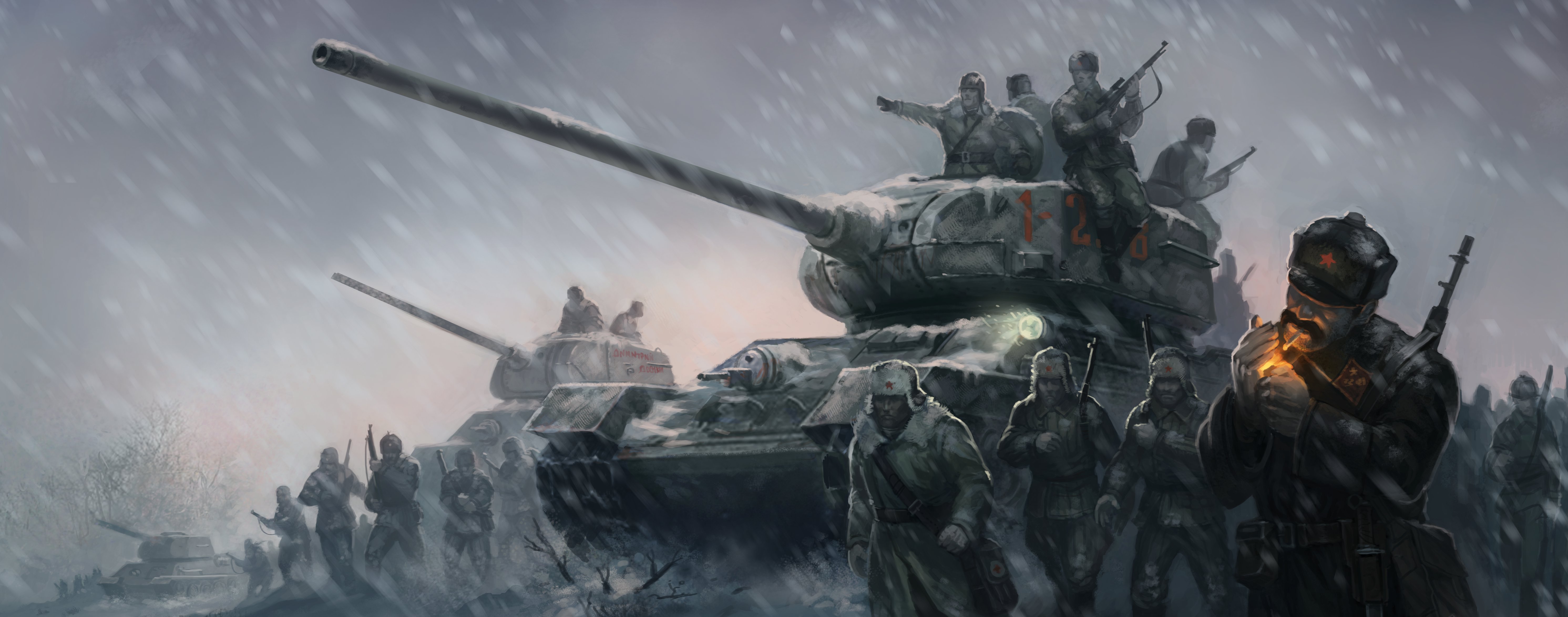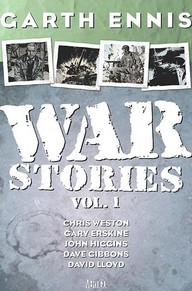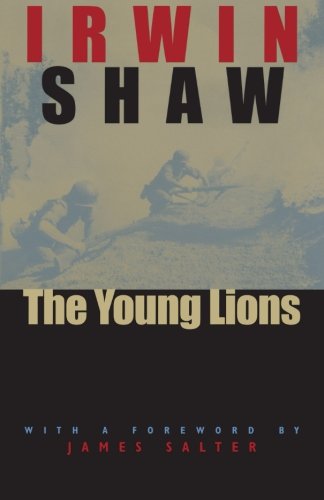If you like Company of Heroes, you’ll like…

The grim beauty of Company of Heroes is that it gives aspirant World War II strategists a bird’s eye view of battlefield and takes them down into the brutal detail of the foxhole. It’s a war sim experienced from above and below, where the general sees all his decisions—good and bad—played out in realtime.
Relic’s original 2006 RTS game was a hit partly because of the delicate way it walked a line that felt satisfying and authentic. With the WWII experience already so well-executed in other genres—shooters and grand strategy sims—COH found a middle ground where it could show the conflict from a new angle. From its squad-based point of view, the tide of battle in COH could be turned by the presence of a single soldier or unit. This perspective also nodded to the intensely personal stories in films like Saving Private Ryan and the HBO miniseries Band of Brothers, both of which had appeared in the previous decade and enjoyed near-universal acclaim.
In this edition of ‘If you like,’ I’ve picked media that takes a similar, soldier’s-eye-view approach to WWII. They aren’t stories of far-removed commanders or politicians, but rather the men who had to carry out their orders in the various theaters of the 20th century’s most brutal war. Given the scope of WWII, any list of recommendations could be almost endless. So with that in mind, be sure to include your own favorites in the comment section below.
Stalingrad, directed by Joseph Vilsmaier
With Company of Heroes 2, the series took its successful squad-based approach to the Eastern Front of the war. And in a way that reflected the much bloodier reality of the conflict between Germany and the Soviet Union in the east, the game adopted a darker tone as well. In the 1993 German film Stalingrad, we witness the full arc of the famous battle played out through the eyes of a group of tight-knit German soldiers.
Stalingrad traces the story of an elite German unit as it takes part in what would turn out to be one of the turning points of the entire war. The Battle of Stalingrad played out in the city’s bombed out streets, sewer tunnels, and eventually its frozen countryside as the German army became surrounded. The film is ultimately a story of failure, but also one of friendship as resistance to the horrors of war.
COH 2’s turn to the east can also be seen as part of an increased focus in recent years on the cost borne by Eastern Europe during and after WWII. For a historical account of these developments, I’d recommend taking a look at author Timothy Snyder’s recent contribution to our understanding of the Eastern Front—Bloodlands: Europe Between Hitler and Stalin.
War Stories, written by Garth Ennis with various artists

In War Stories, comics writer Garth Ennis turns his pen towards a variety of true-to-life experiences during WWII. Noted for his work on comics like Preacher and Punisher, in War Stories Ennis attempts to ground the larger conflict in discrete tales of individuals caught up in unpredictable circumstances.
The biggest gaming news, reviews and hardware deals
Keep up to date with the most important stories and the best deals, as picked by the PC Gamer team.
The eight-issue series, now collected in two volumes, has a scope that takes in battles all over the European theater, from North Africa to the Battle of Britain to the final days on the Eastern Front before Germany’s surrender. In reviewing Ennis’s work, Colin Smith notes that his writing “isn’t a tale of events which feel as if they’re nothing but ancient history, long since settled and entirely predictable in hindsight. In taking us away from the commonplace and focusing on the lives of his small cast of touchingly-depicted individuals, Ennis constantly compels us to remember how chaotic and unpredictable his character’s lives are.”
If you see COH as I do, as somehow tipping its hat to warfare as carefully-managed chaos, it’s worth checking out Ennis’s War Stories.
Kelly’s Heroes, directed by Brian G. Hutton
If the dirty, impressionistic violence of Saving Private Ryan changed how a new generation of filmgoers saw WWII, then Kelly’s Heroes serves as a reminder of an earlier approach to depicting the war. In the 1970 film starring Clint Eastwood, Telly Savalas, and Donald Sutherland, war is hell, but it’s also a hell of an adventure. If you were to reverse engineer Saving Private Ryan as a kind of twisted, 1960s WWII Western, it might look something like Kelly’s Heroes.
The basic story deals with a group of disillusioned American soldiers who go AWOL in order to rip off a bank behind enemy lines. Sick of feeling like pawns in the ambitious games of crazy generals, the soldiers set out to win a piece of the war that they can take home with them—gold. It’s pure Hollywood but also hugely entertaining. The combat set pieces in the film range over the French countryside and could be ripped right out of the COH campaign. And as with so many older films that deploy practical effects well, the tank battles and infantry skirmishes have aged quite nicely.
Kelly’s Heroes doesn’t shy away from showing the costs of warfare, but rather confronts it with a kind of sarcastic humor and fantasy that’s also become an important artifact in dealing with the legacy of WWII.
The Young Lions, by Irwin Shaw

Of all the American combat novels to appear after the conclusion of World War II, three proved to be definitive: James Jones’s The Thin Red Line, Norman Mailer’s The Naked and the Dead, and Irwin Shaw’s The Young Lions. And of those, only Shaw’s 1948 work deals with the war in Europe rather than the Pacific.
Epic in its ambition, Shaw weaves together the story of three soldiers fighting on different sides of the war. Direct and suitably unadorned, his style is excellent at bringing the reader into the moment-by-moment experience of combat: “The firing stopped and it was quiet again, except for shouts from the wounded out in the field. When a man raised his head carefully to look over the embankment to see what could be done, the guns started again, and the grass on the edge of the embankment snapped and slashed through the air as the bullets cut through it. The remnants of the Company lay exhausted, then, along the ditch.”
What The Young Lions captures so vividly is the psychological dimension of combat and the way it changes the people caught up in it. The novel also highlights the almost absurd disconnect that exists between the fighting men on the ground and the commanders giving orders from eighty miles away. Just as COH closes this distance with its realtime approach, Shaw’s writing excels at telling stories of the war as it was fought in the ditch rather than the war room.
For more installments of ‘If you like...’, check out Patrick’s recommendations for Dead Space, The Witcher, Dishonored, Mass Effect, Skyrim, Fallout 3, and Deus Ex fans.

